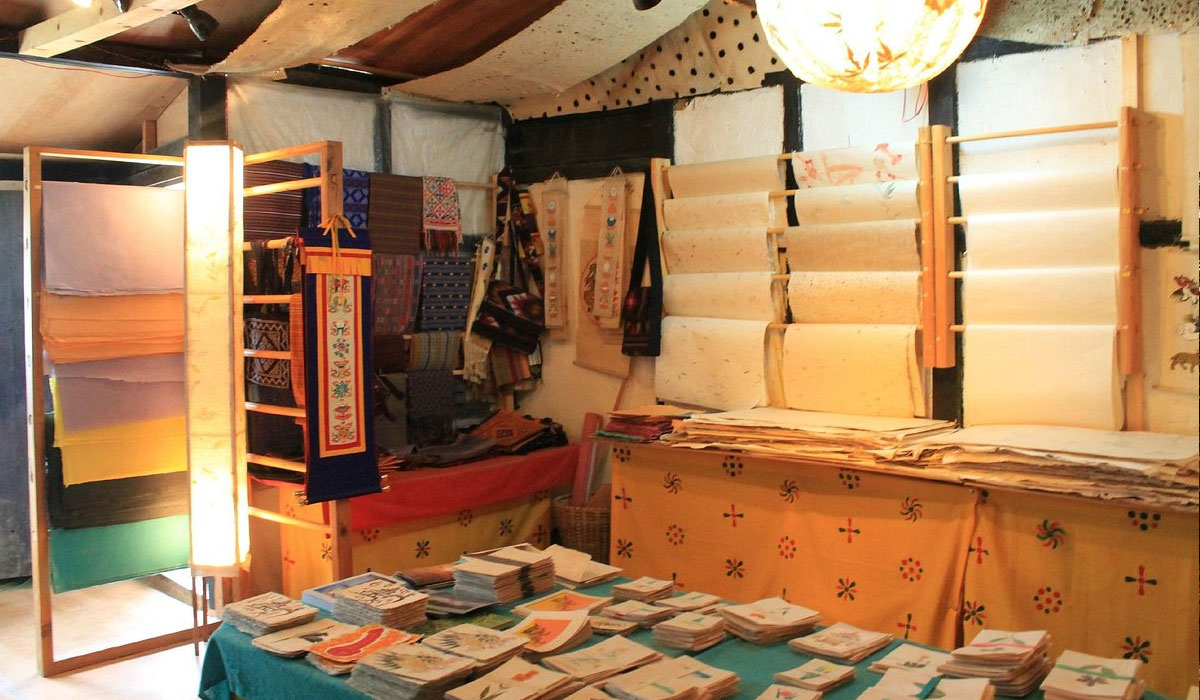
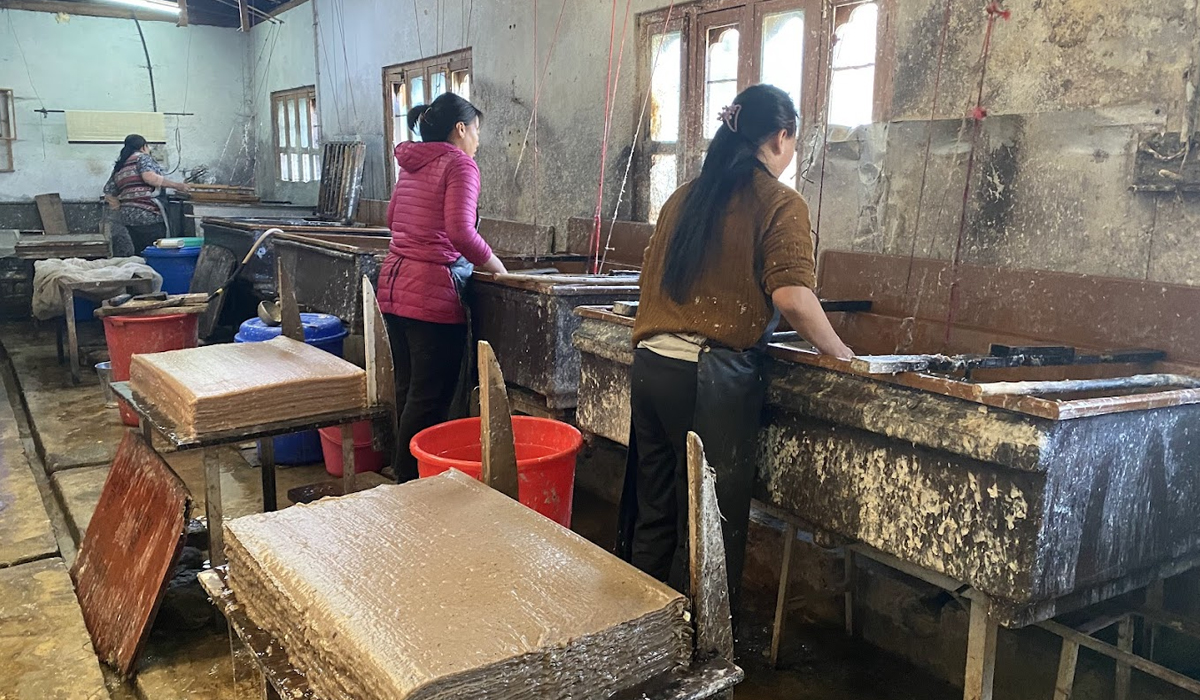
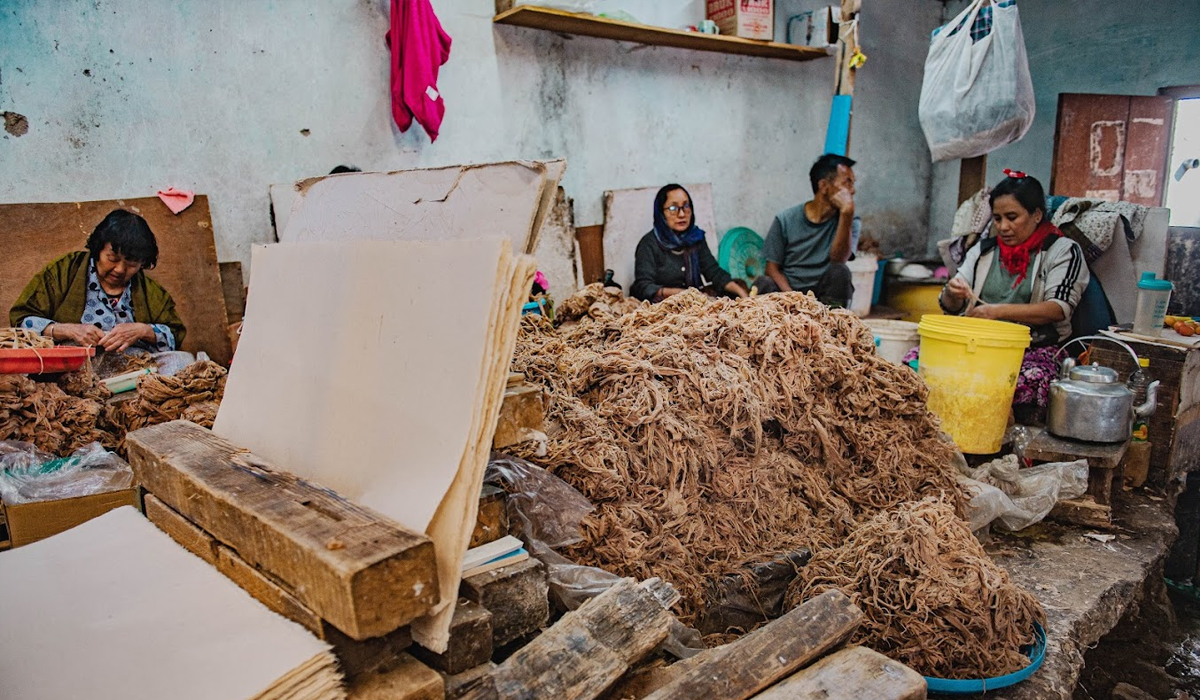
Jungshi Handmade Paper Factory: Preserving Bhutan’s Ancient Papermaking Tradition
The Jungshi Handmade Paper Factory, located in Thimphu, Bhutan, is a renowned establishment dedicated to preserving and promoting the ancient art of Bhutanese papermaking. The factory offers visitors a unique opportunity to witness the traditional techniques used to produce “Desho”, Bhutan’s handmade paper, which has been an integral part of Bhutanese culture for centuries.
Historical Background
The art of handmade papermaking in Bhutan dates back to the 8th century and is deeply rooted in Buddhist traditions. Historically, Desho paper was used for religious scriptures, manuscripts, and prayer flags. The Jungshi Handmade Paper Factory was established to ensure the survival of this traditional craft, blending ancient techniques with modern sustainability practices.
Traditional Papermaking Process
The factory continues to use age-old techniques to produce high-quality handmade paper. The process involves:
- Harvesting Raw Materials: The primary raw material is the bark of the Daphne and Edgeworthia shrubs, sustainably harvested from Bhutanese forests.
- Soaking and Boiling: The bark is soaked, boiled, and cleaned to create a soft pulp.
- Pulp Processing: The pulp is mixed with natural dyes and additives to enhance texture and durability.
- Hand-Casting: The pulp is spread on wooden frames, drained, and dried in the sun to form durable paper sheets.
Cultural and Artistic Significance
Jungshi Handmade Paper is more than just a craft; it plays a significant role in Bhutanese spirituality and art. It is used for religious texts, prayer flags, and traditional Bhutanese paintings, ensuring that Buddhist teachings and artistic expressions are preserved for future generations.
Sustainability and Eco-Friendliness
One of the key aspects of Jungshi Handmade Paper Factory is its commitment to sustainability. Unlike industrial paper production, which often leads to deforestation and pollution, Desho paper is completely eco-friendly. The process is chemical-free, and the raw materials are sourced sustainably, making it a responsible choice for environmental conservation.
Visitor Experience
The factory welcomes visitors to observe and participate in the papermaking process. Tourists can try their hand at making paper, purchase authentic handmade paper products such as journals, greeting cards, and wall art, and learn about the cultural importance of Bhutanese papermaking.
Thimphu - Places to visit
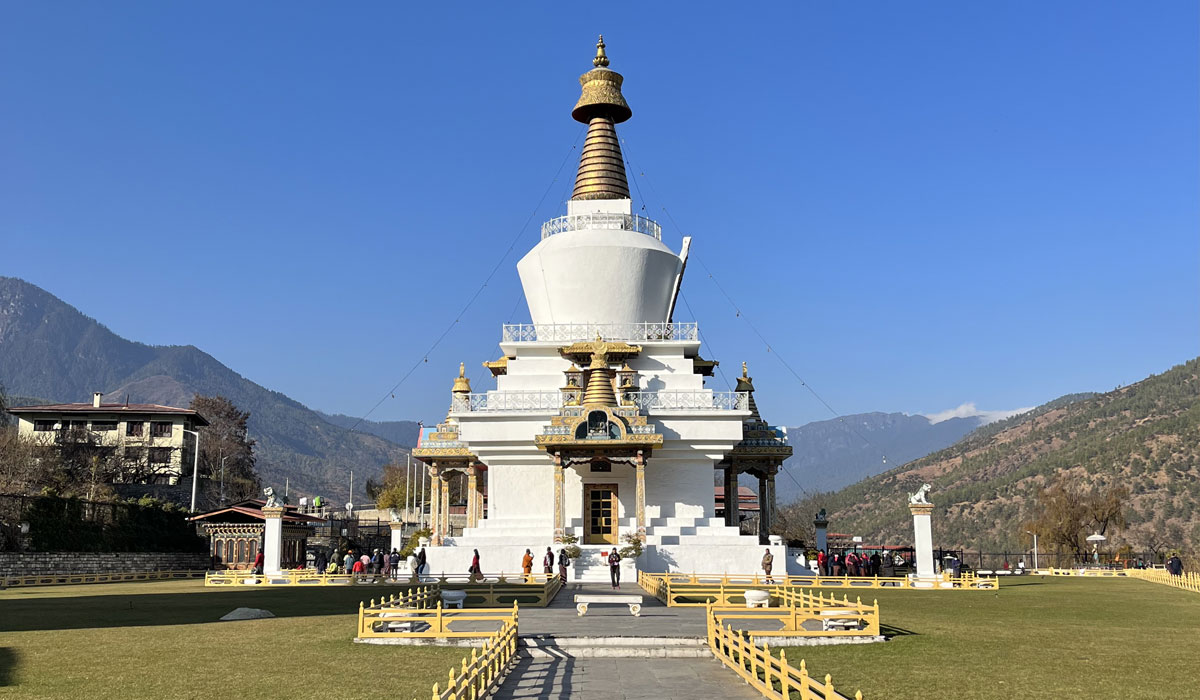
The Memorial Chorten in Thimphu is a revered stupa, honoring Bhutan’s third king, featuring intricate carvings and vibrant prayer flags.
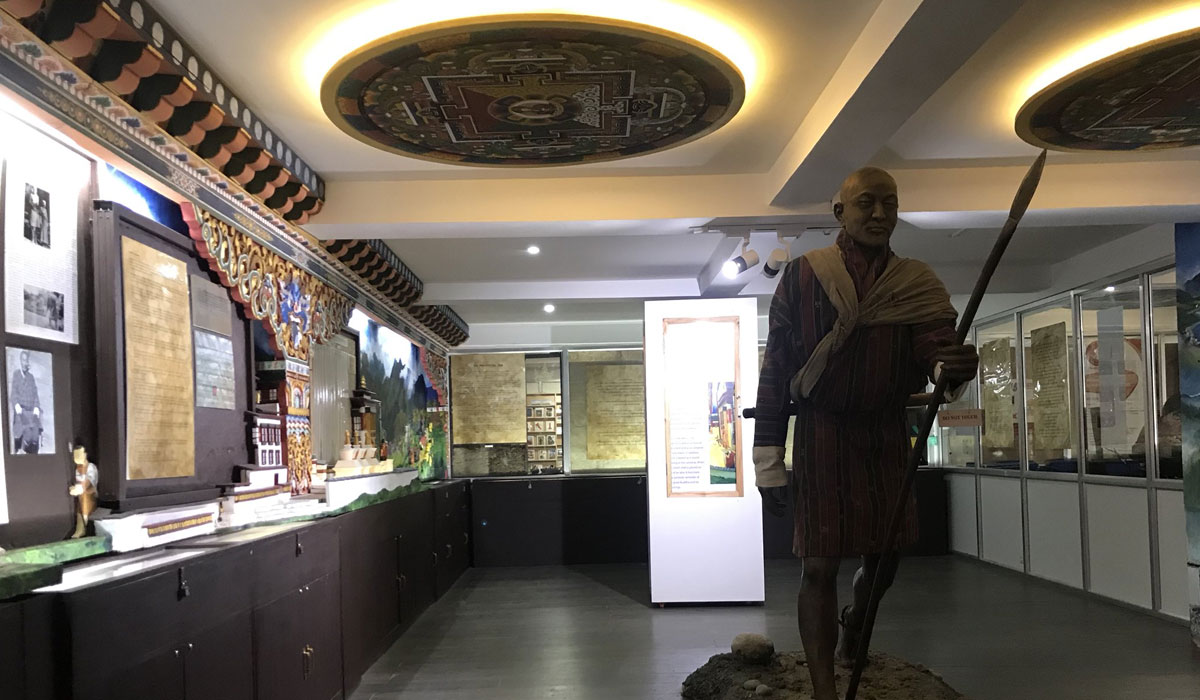
The Bhutan Postal Museum in Thimphu showcases the country’s postal history, featuring stamps, artifacts, and interactive exhibits celebrating communication evolution.
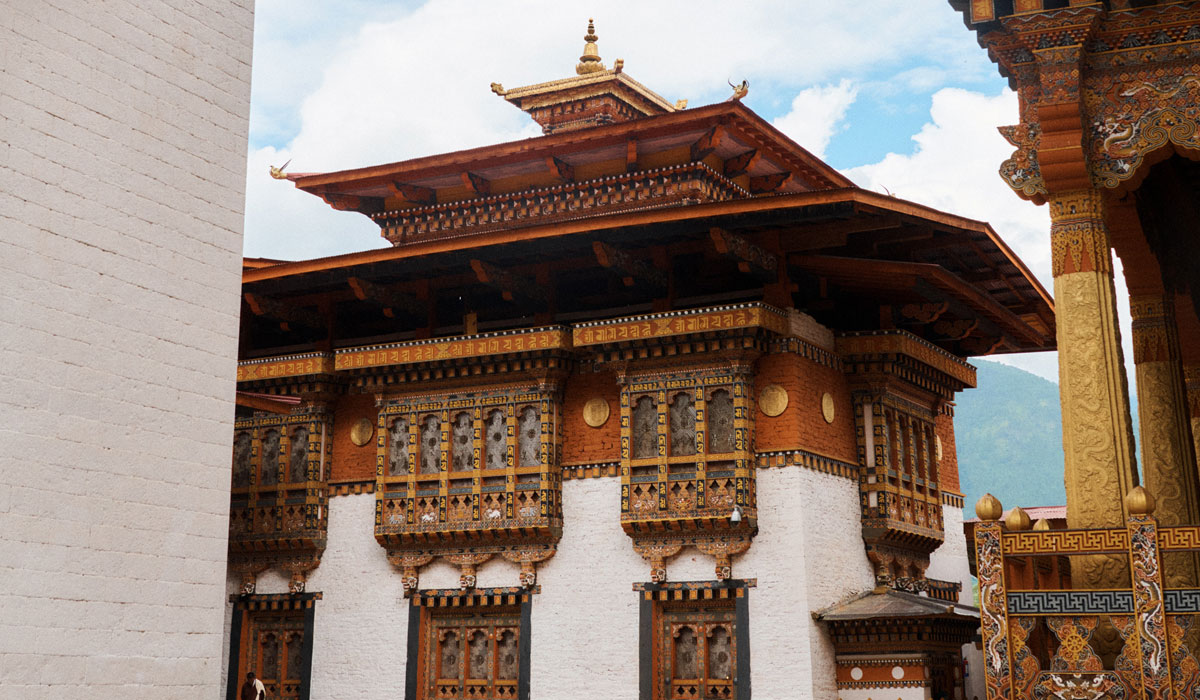
Tashichho Dzong, the seat of Bhutan’s government, features stunning architecture, serene gardens, and serves as a monastic center in Thimphu.
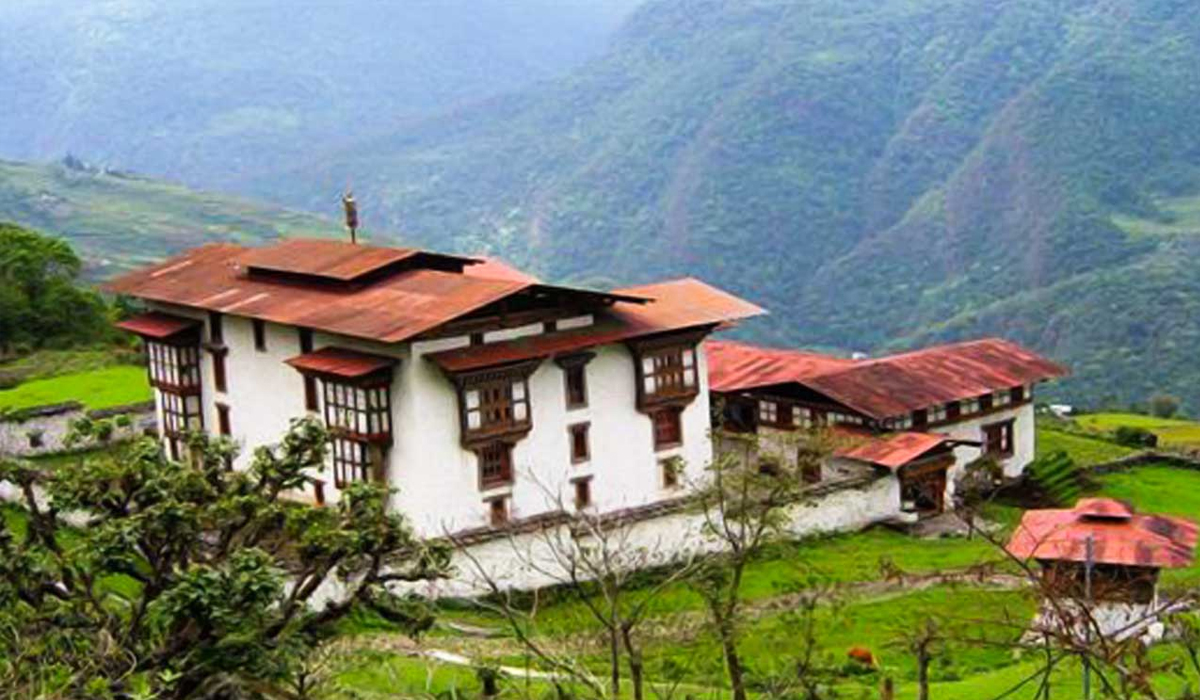
Kuenga Rabten Palace, a royal retreat near Trongsa, showcases traditional Bhutanese architecture and offers stunning views of surrounding landscapes.
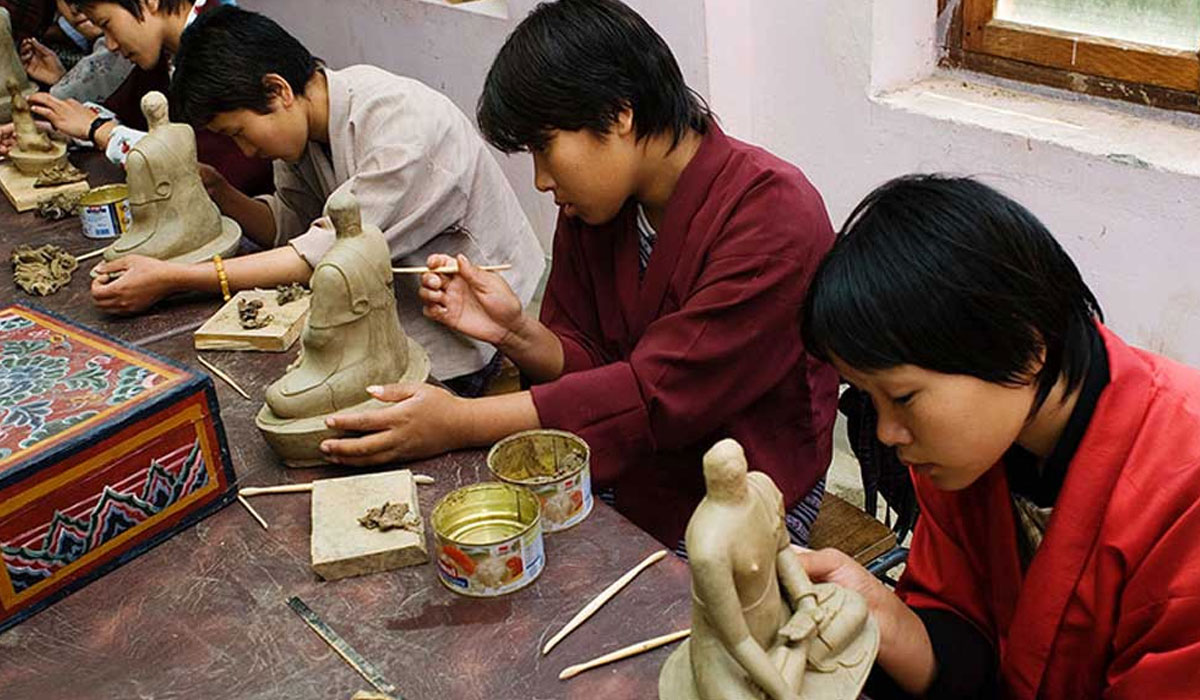
The Institute for Zorig Chusum in Thimphu teaches Bhutanese traditional arts and crafts, preserving cultural heritage and nurturing skilled artisans.
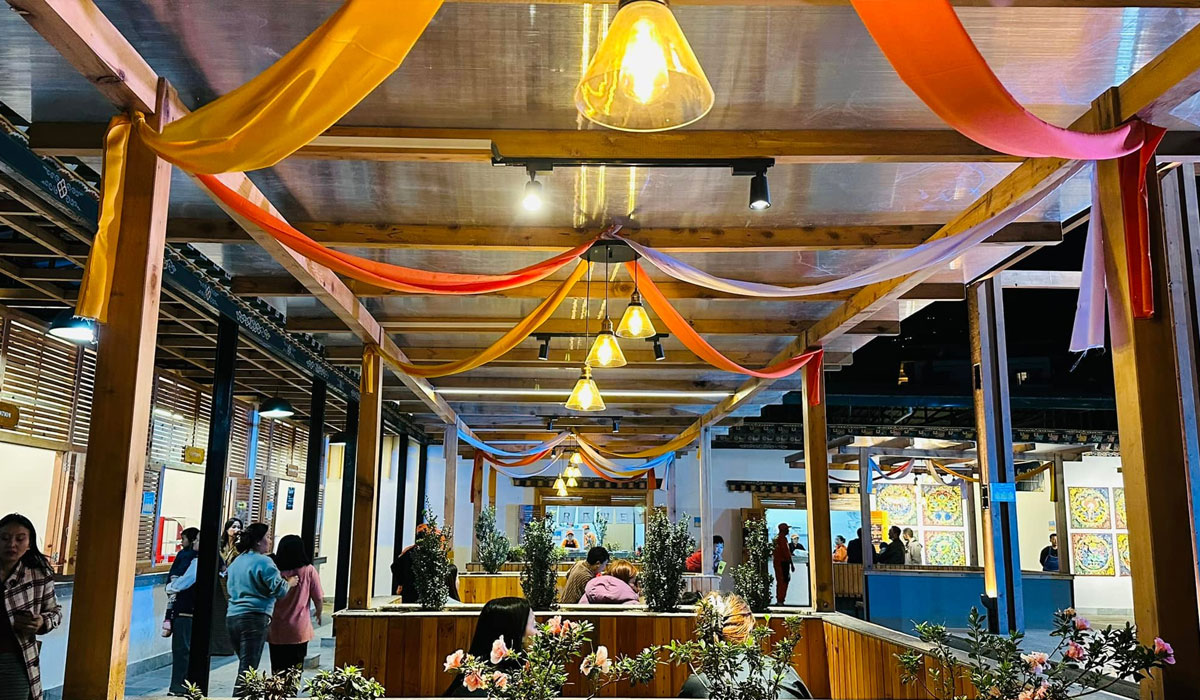
Thimphu Kaja Throm is a lively marketplace, offering local produce, crafts, and delicious street food, showcasing Bhutan’s vibrant culture and community.
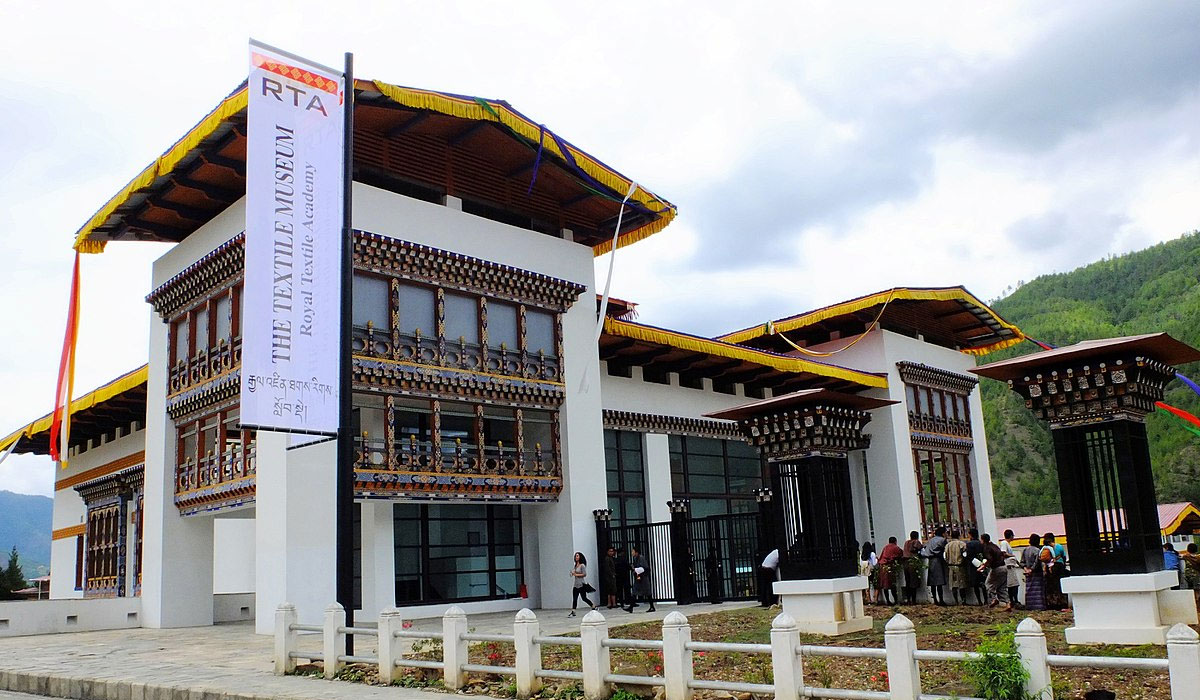
The Royal Textile Academy in Thimphu preserves Bhutan’s textile heritage, showcasing traditional weaving techniques and promoting sustainable cultural practices.
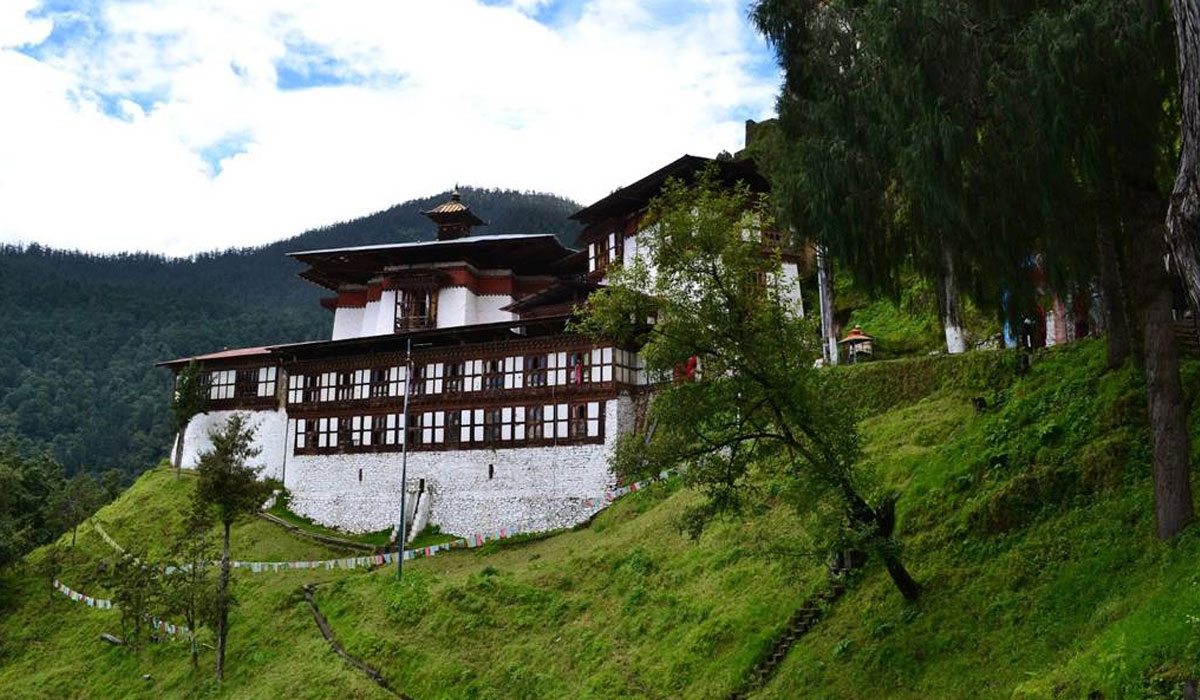
The Cheri Goempa hike near Thimphu offers a peaceful trail through forests, leading to a historic monastery rich in spirituality.
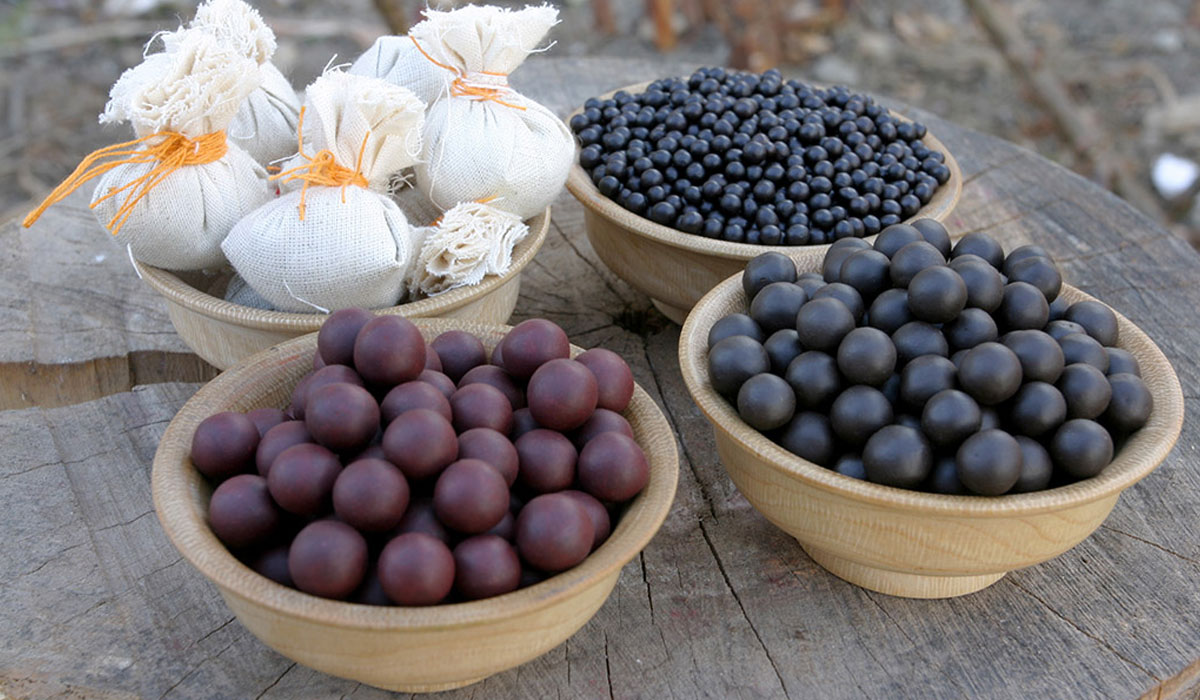
The Institute of Traditional Medicine Services in Thimphu preserves Bhutan’s ancient healing practices, blending herbal remedies with holistic healthcare education.
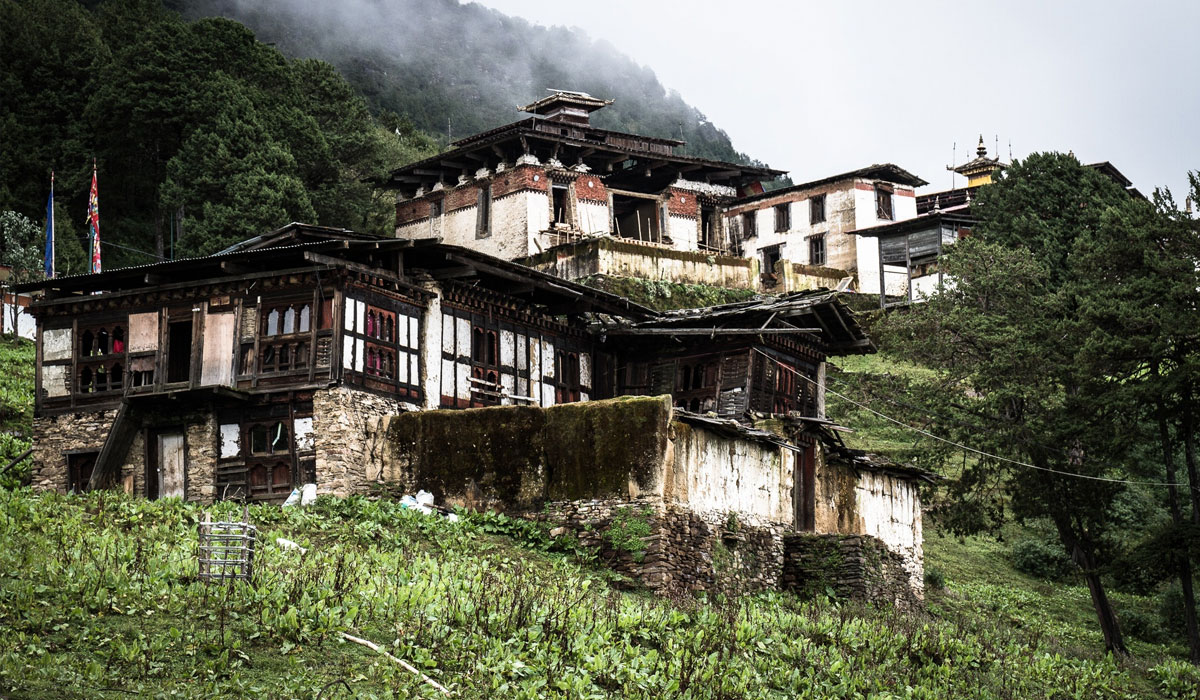
The Phajoding Monastery hike near Thimphu offers stunning views, serene trails, and a chance to explore Bhutan’s spiritual heritage.

Jungshi Handmade Paper Factory in Thimphu showcases Bhutan’s traditional papermaking, offering visitors insights into crafting eco-friendly, artisanal paper products.
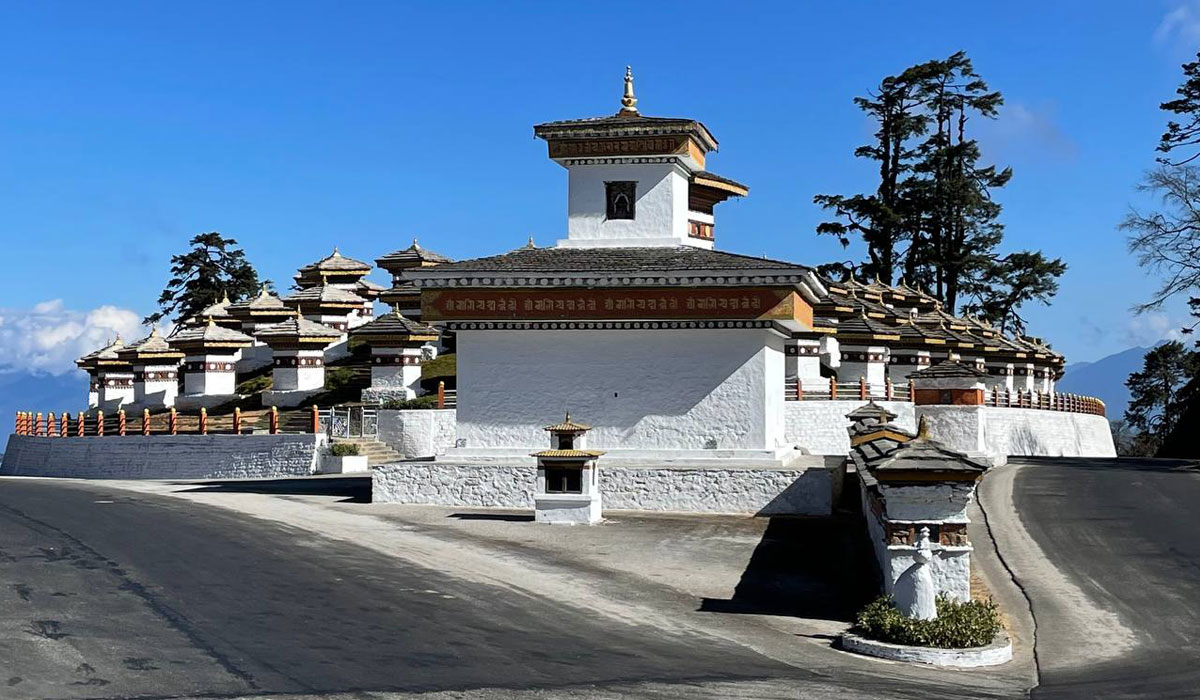
Dochula Pass, near Thimphu, offers breathtaking Himalayan views, 108 memorial chortens, and a serene atmosphere amidst misty mountain landscapes.
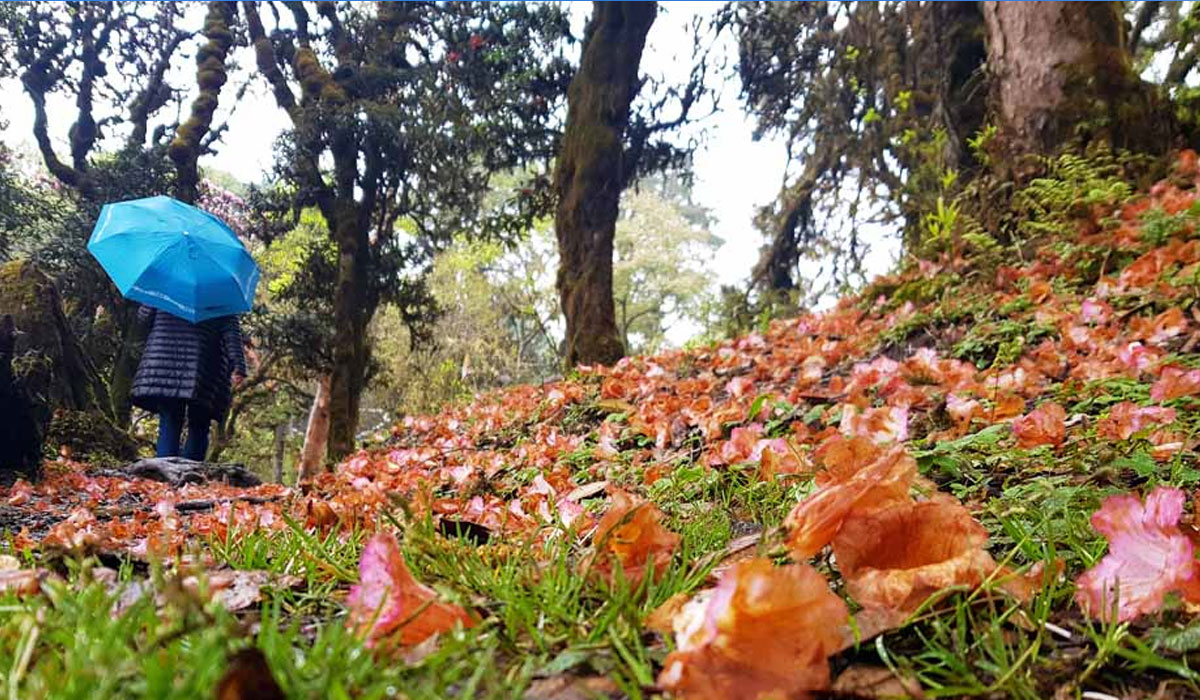
The Lungchutse Hike near Dochula Pass rewards adventurers with panoramic Himalayan views, lush forests, and a peaceful, spiritual atmosphere.
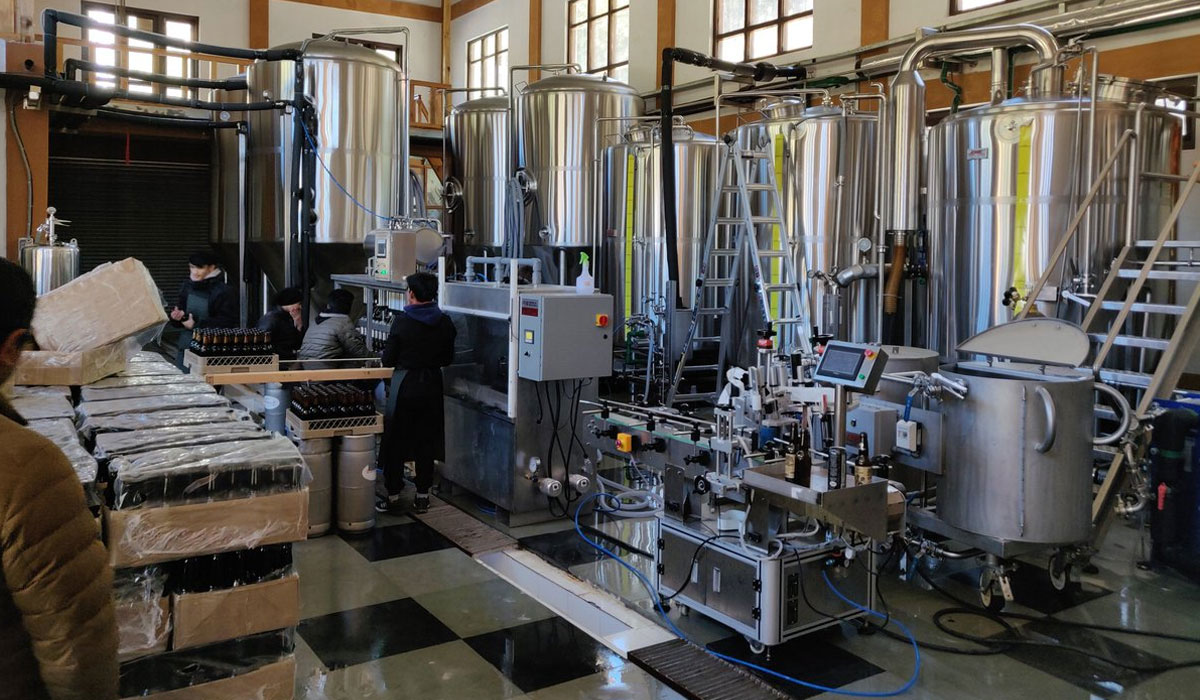
Serbhum Brewery in Thimphu crafts Bhutanese beer using local ingredients, offering visitors a unique taste of Bhutan’s brewing tradition.
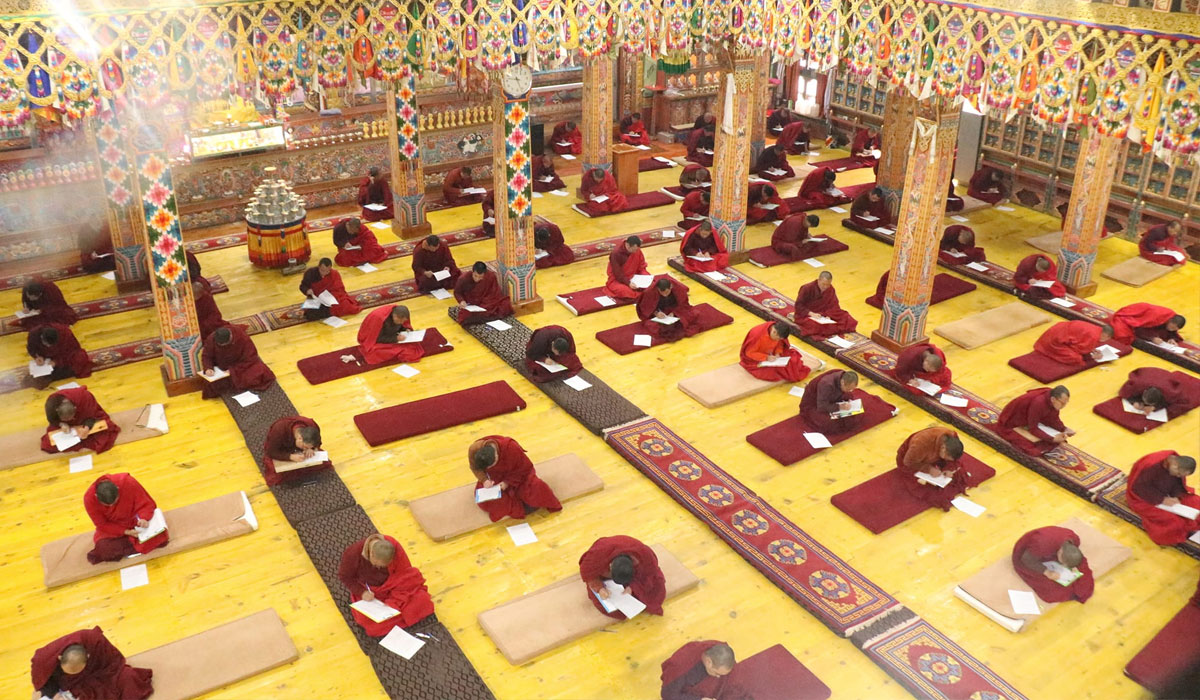
Tango Buddhist University near Thimphu is a serene spiritual center, fostering advanced Buddhist studies amidst stunning Himalayan landscapes and sacred tranquility.
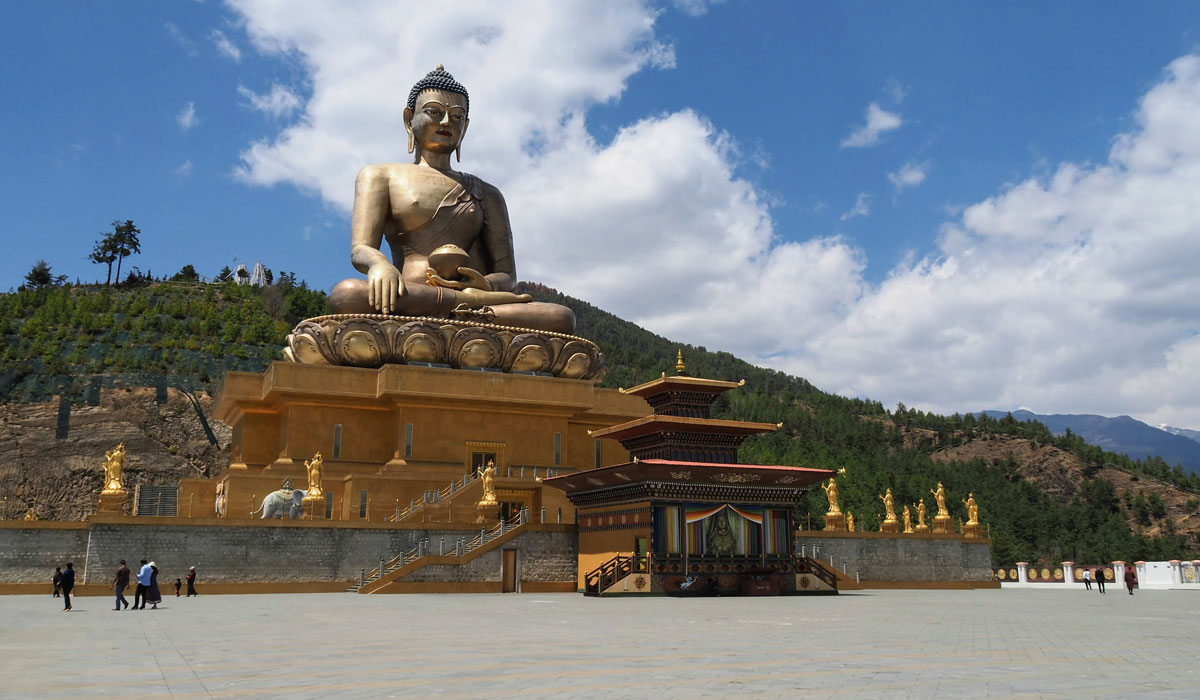
Buddha Dordenma, a massive golden statue in Thimphu, symbolizes peace, offering panoramic views and housing thousands of smaller Buddhas.
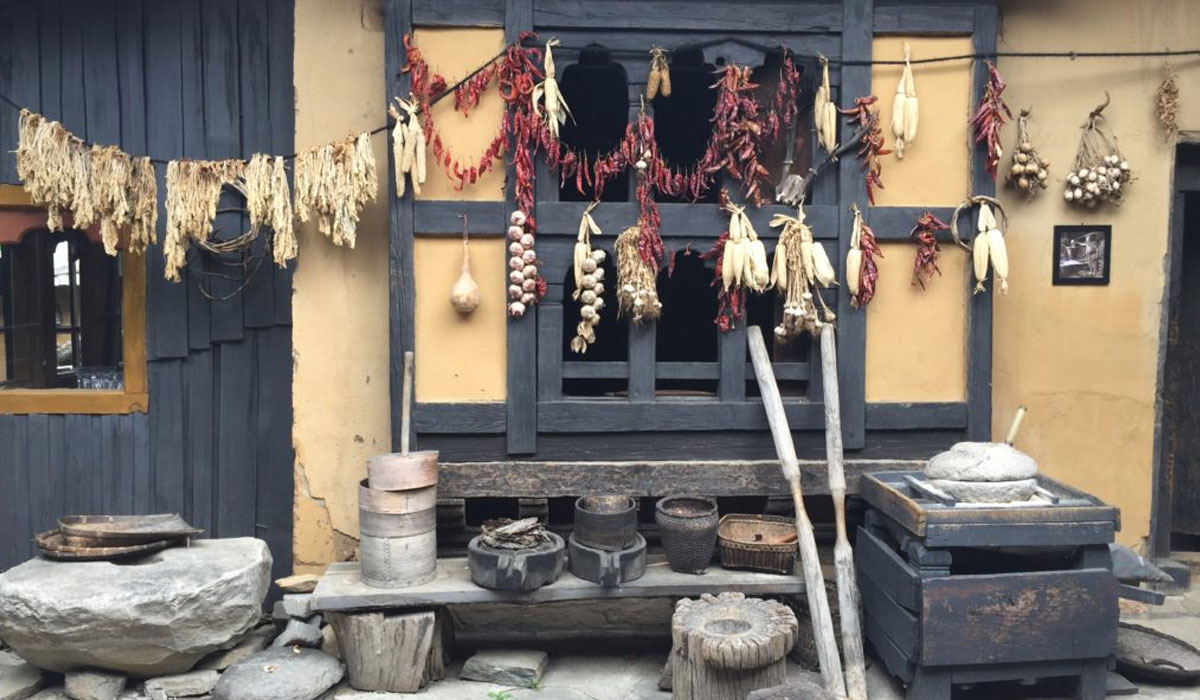
Simply Bhutan is an interactive museum in Thimphu, showcasing Bhutanese culture, traditions, and lifestyles through immersive exhibits and activities.
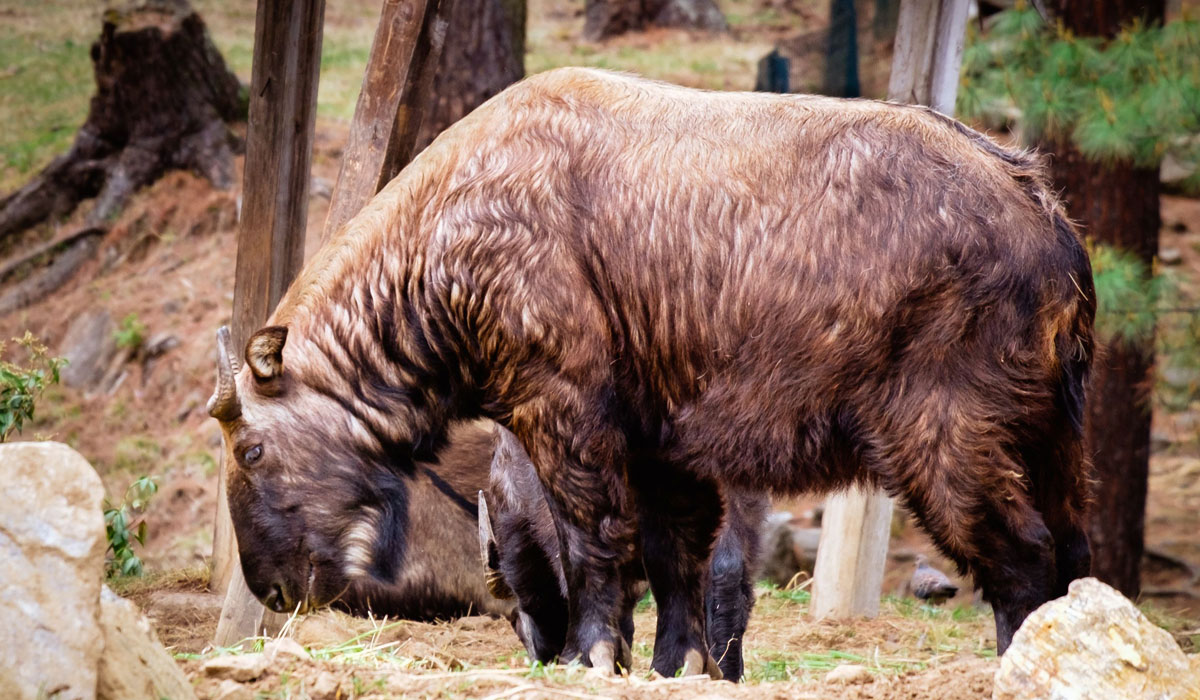
Motithang Takin Preserve, in Thimphu, is a serene sanctuary protecting Bhutan’s national animal, the takin, amidst beautiful natural surroundings.
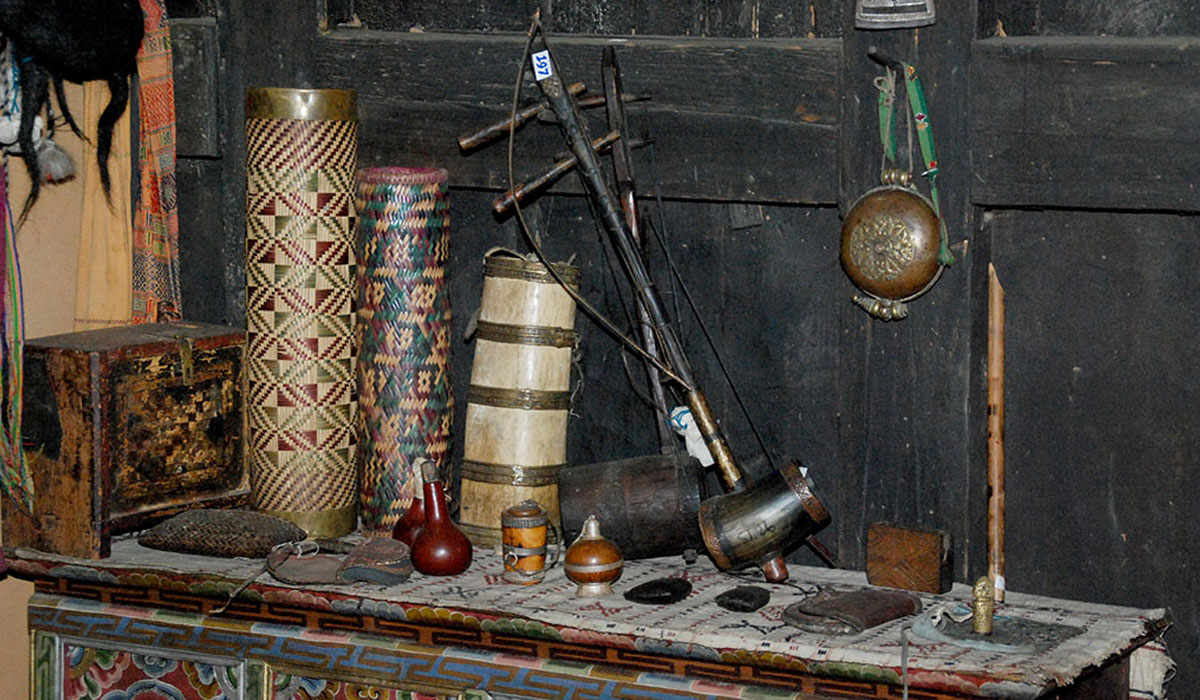
The Folk Heritage Museum in Thimphu preserves Bhutanese culture, showcasing traditional artifacts and exhibits that highlight rural life and heritage.
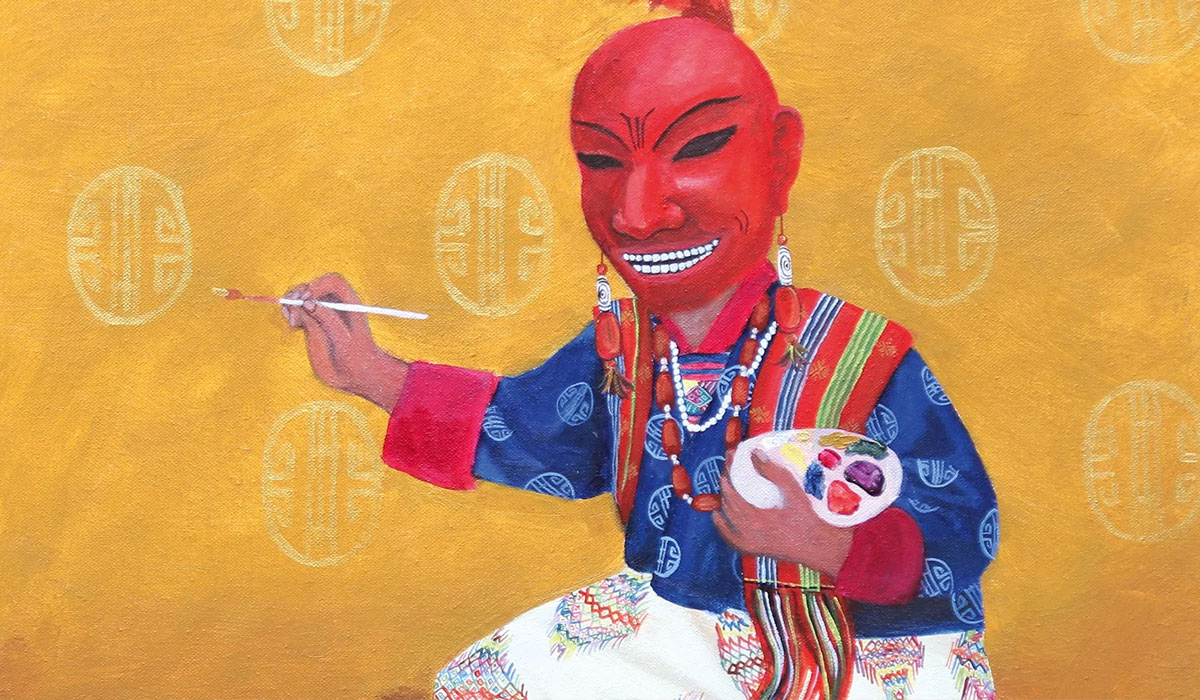
VAST Studio Bhutan, in Thimphu, fosters creative expression, showcasing contemporary art and nurturing young Bhutanese artists through community initiatives.
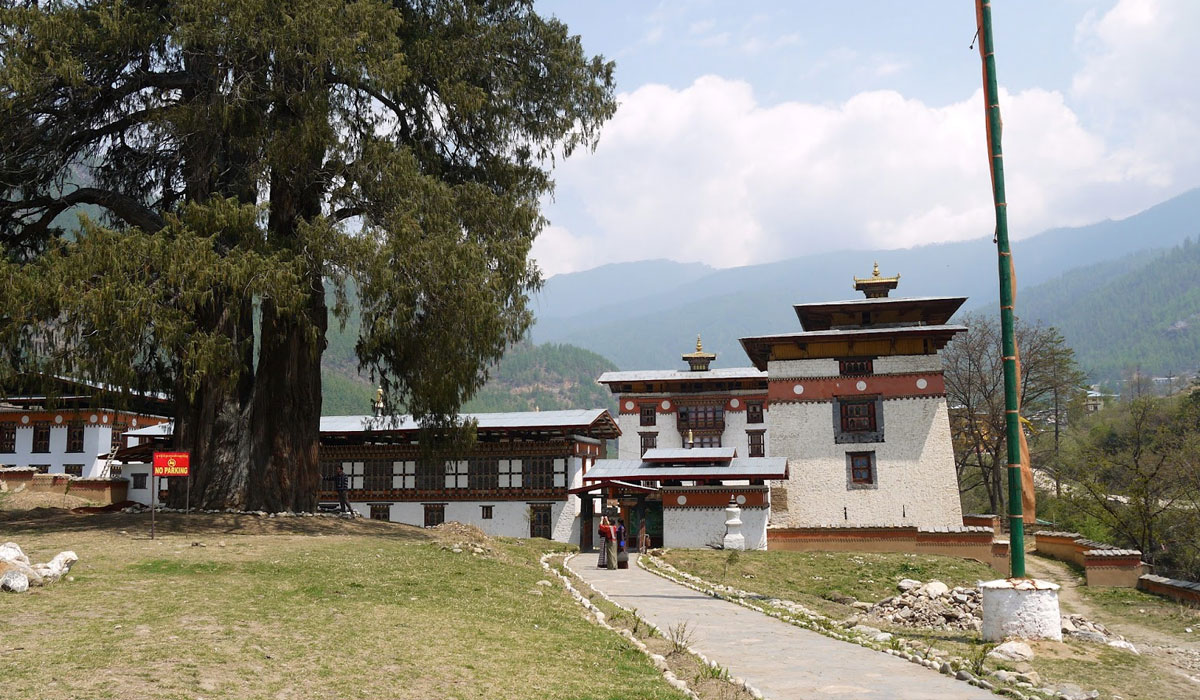
Pangrizampa Monastery in Thimphu, known for its sacred relics, offers a peaceful atmosphere and insight into Bhutanese Buddhist practices.
